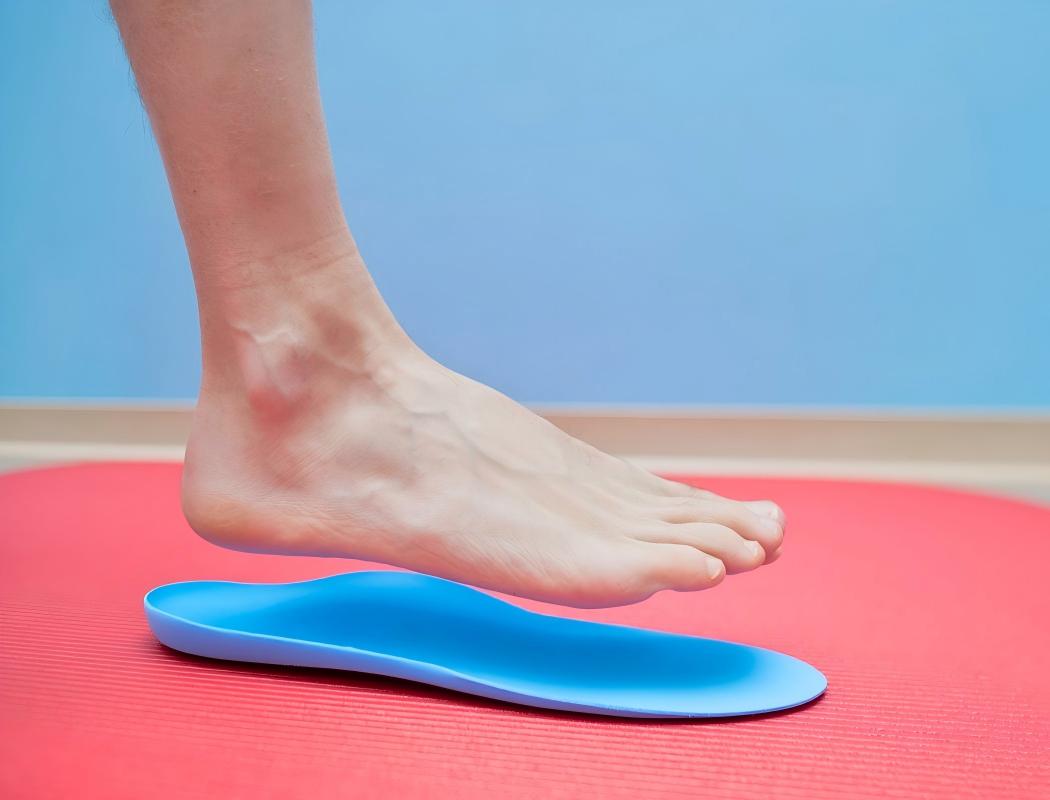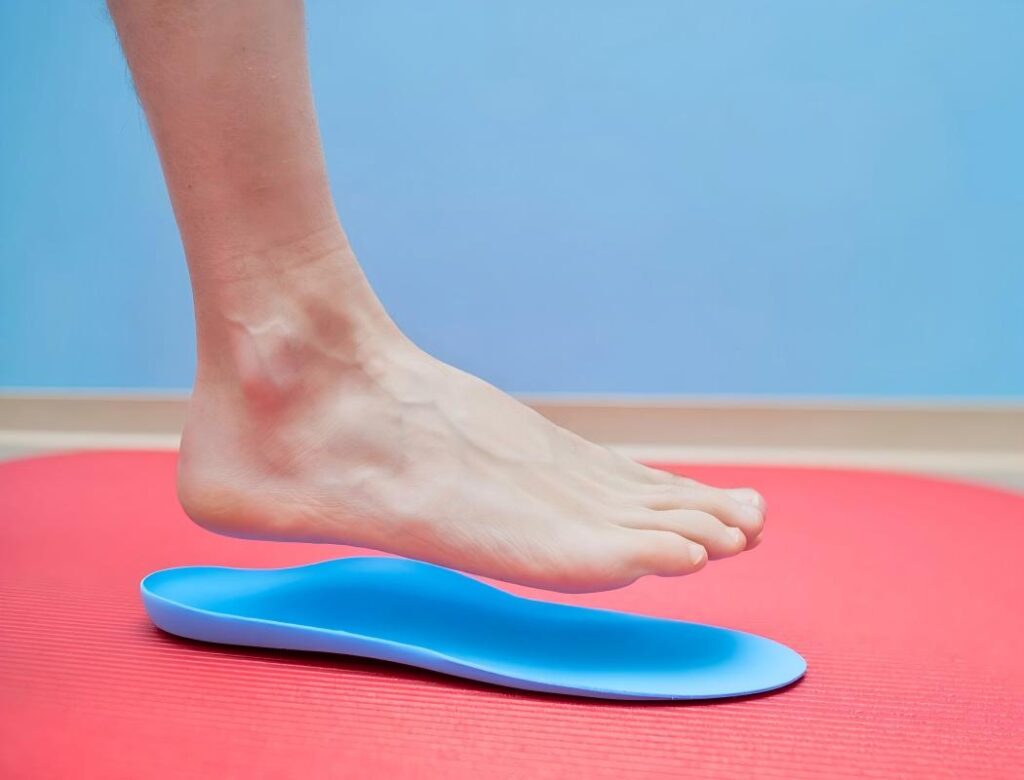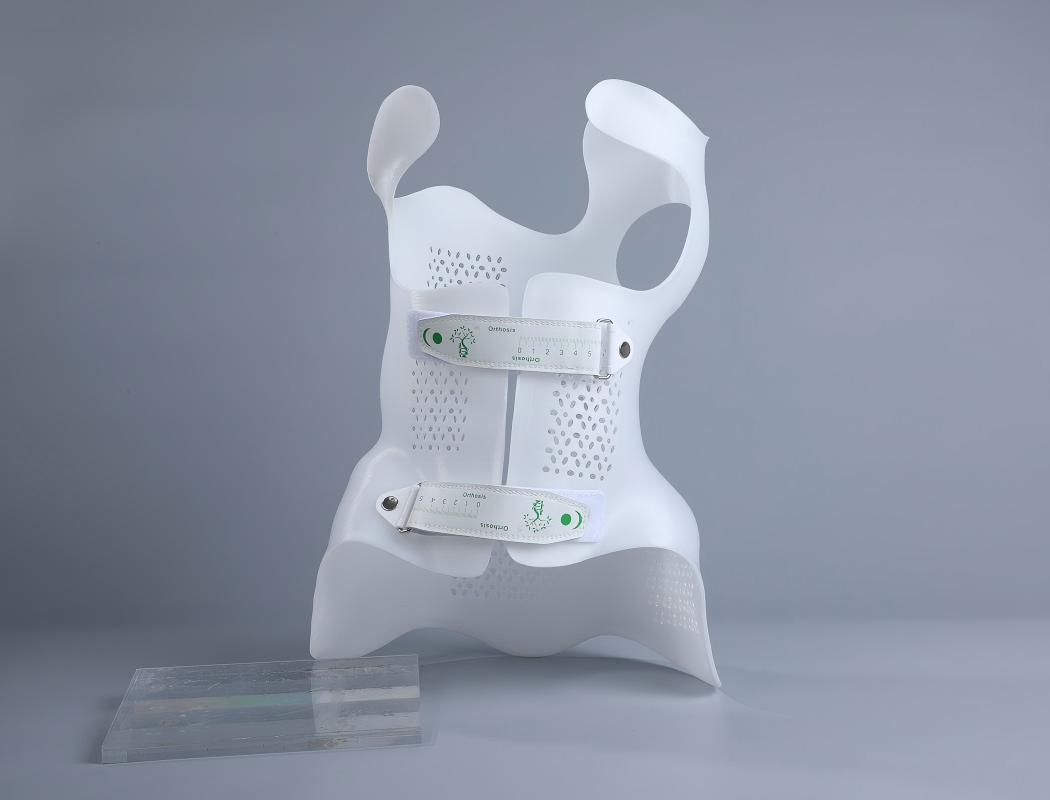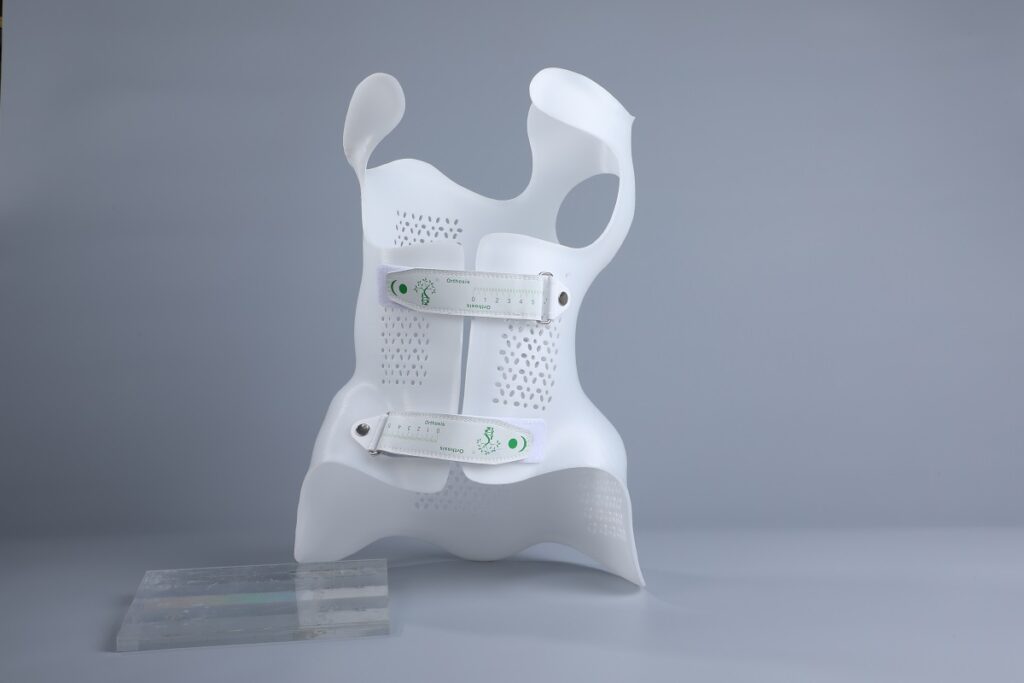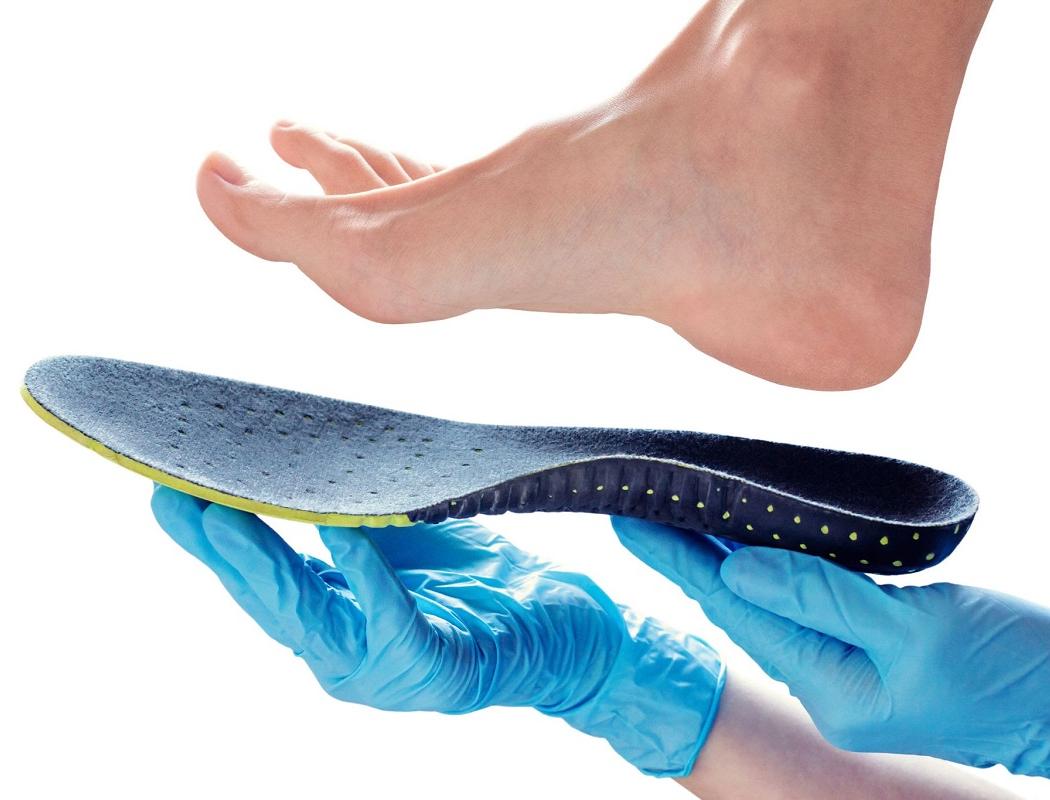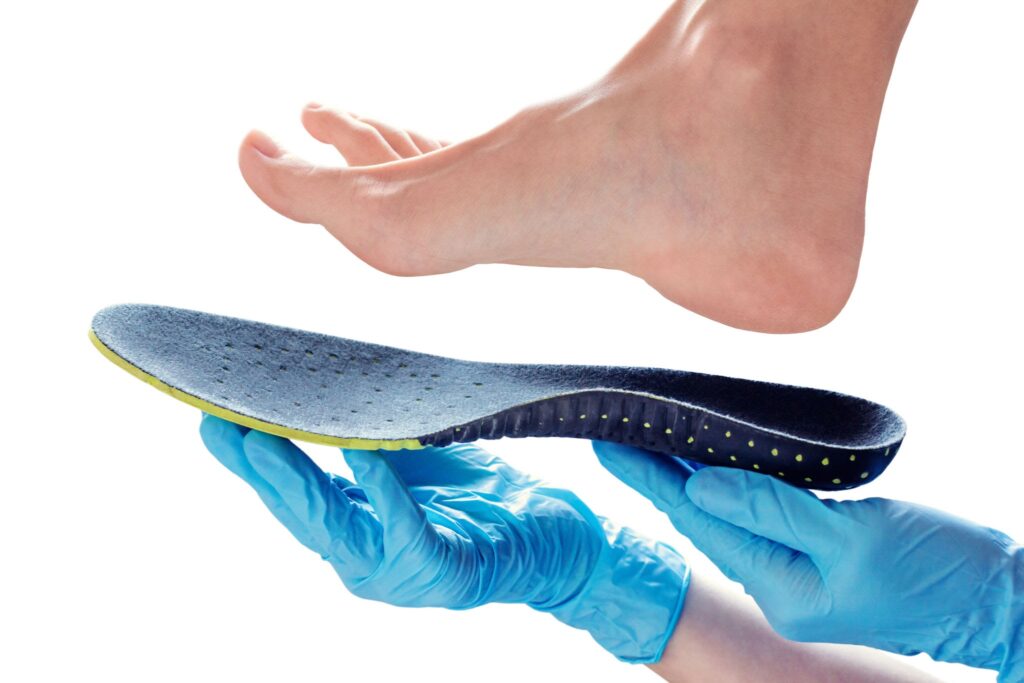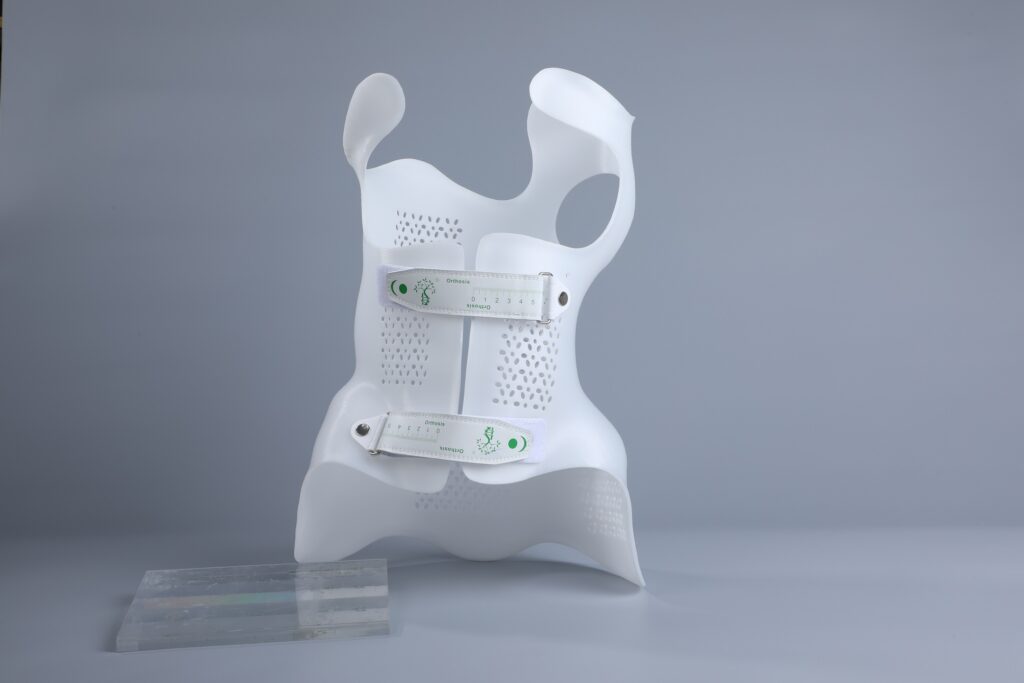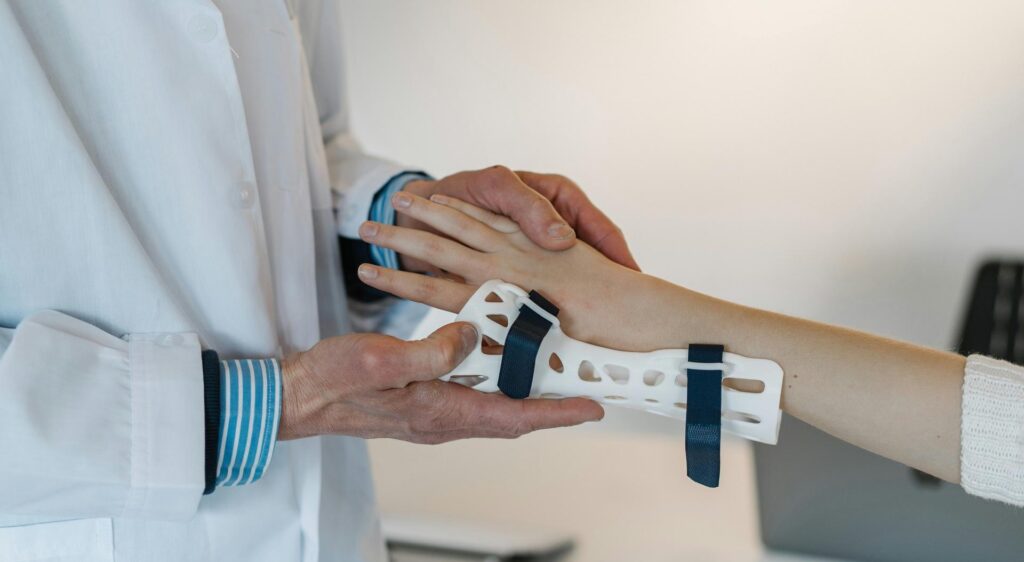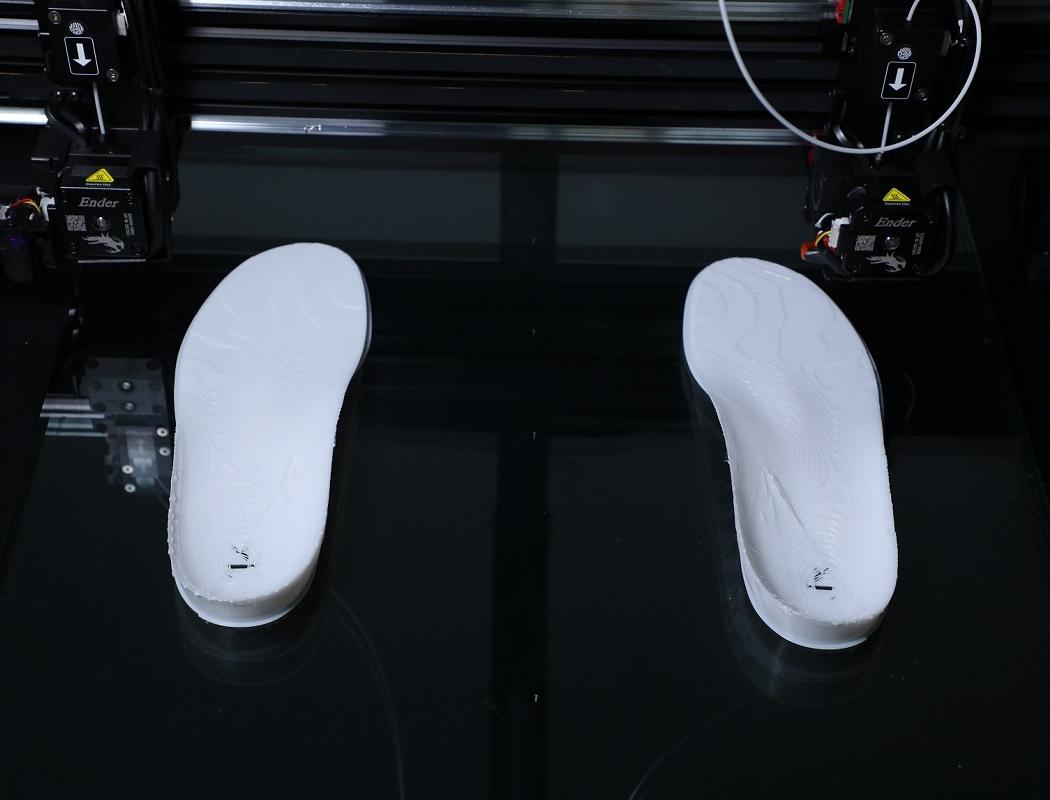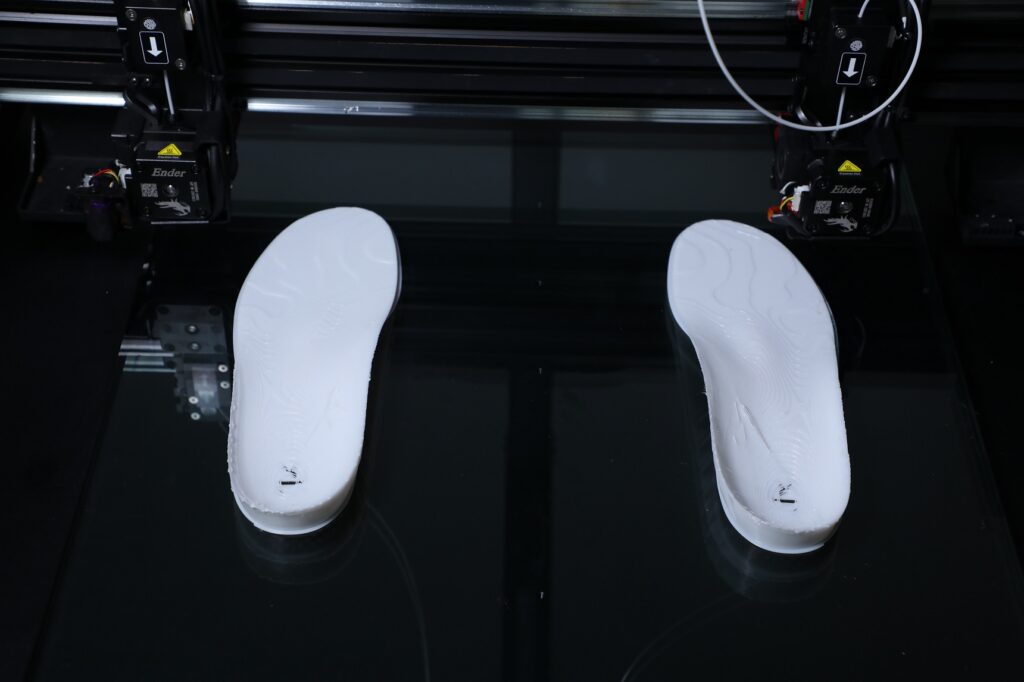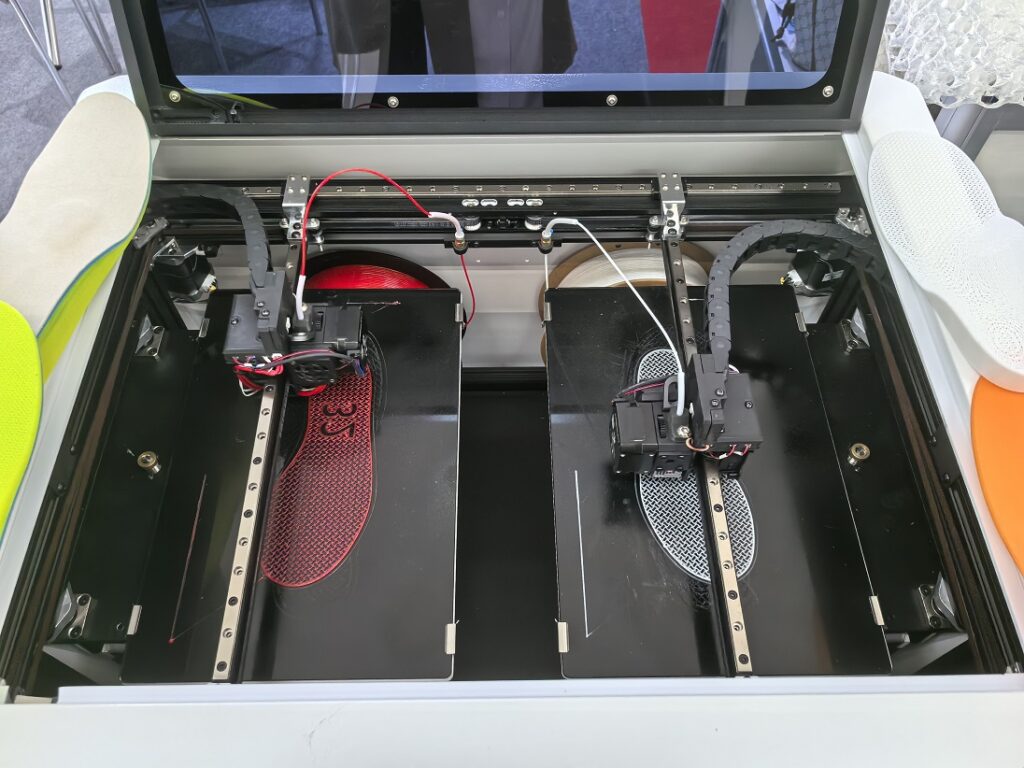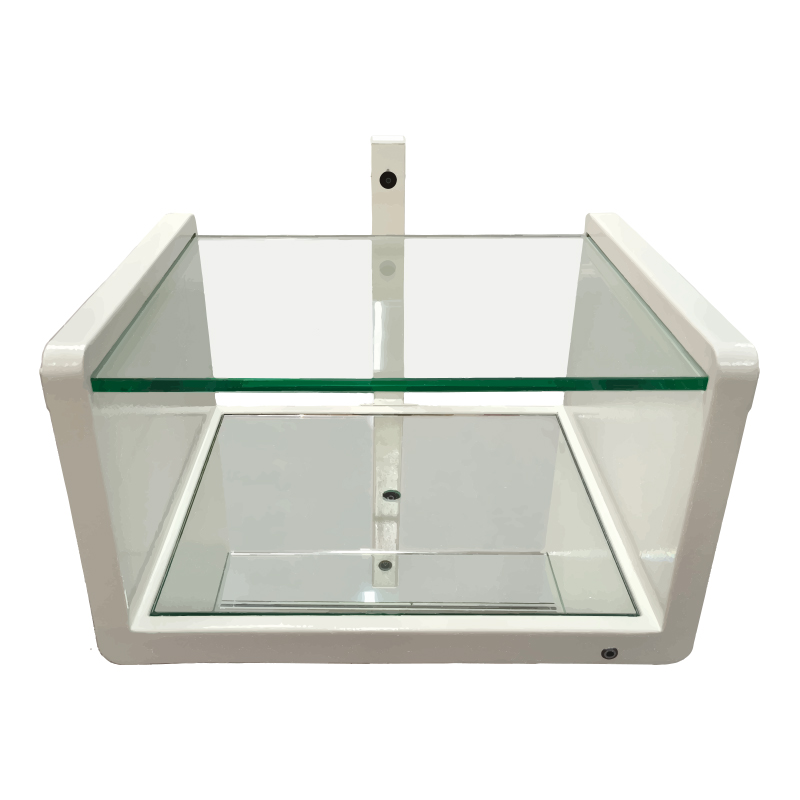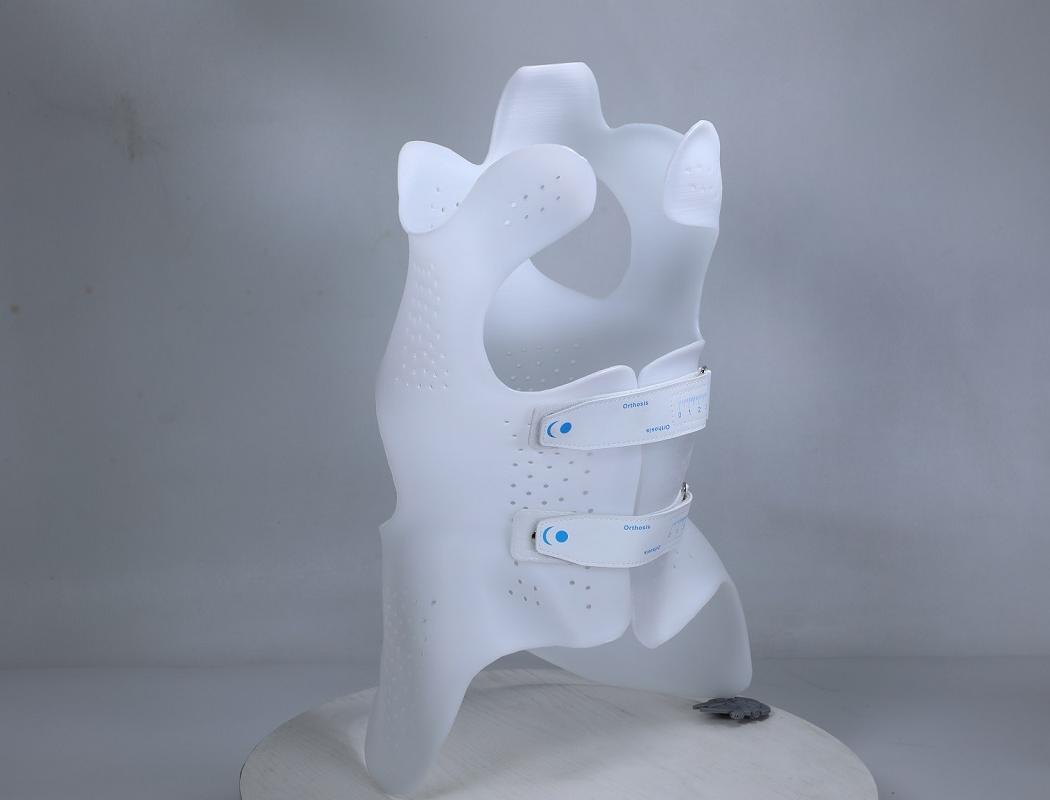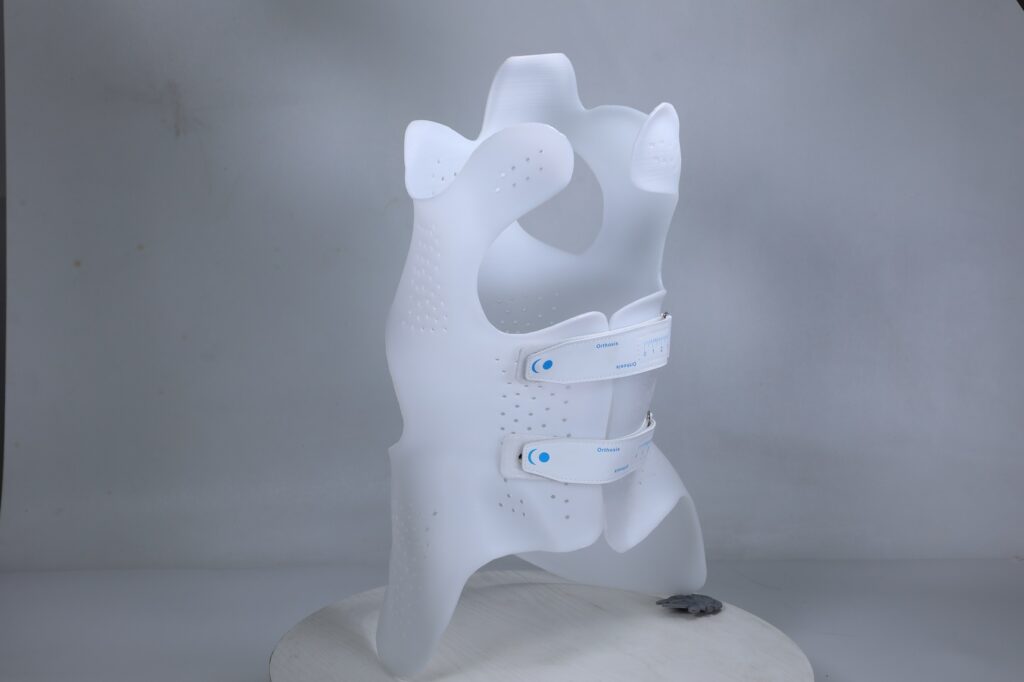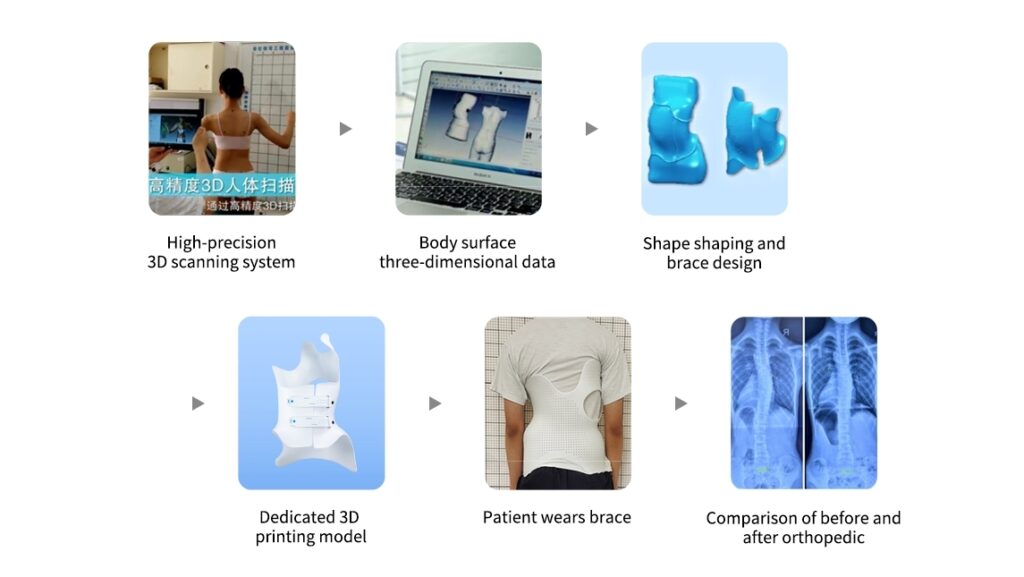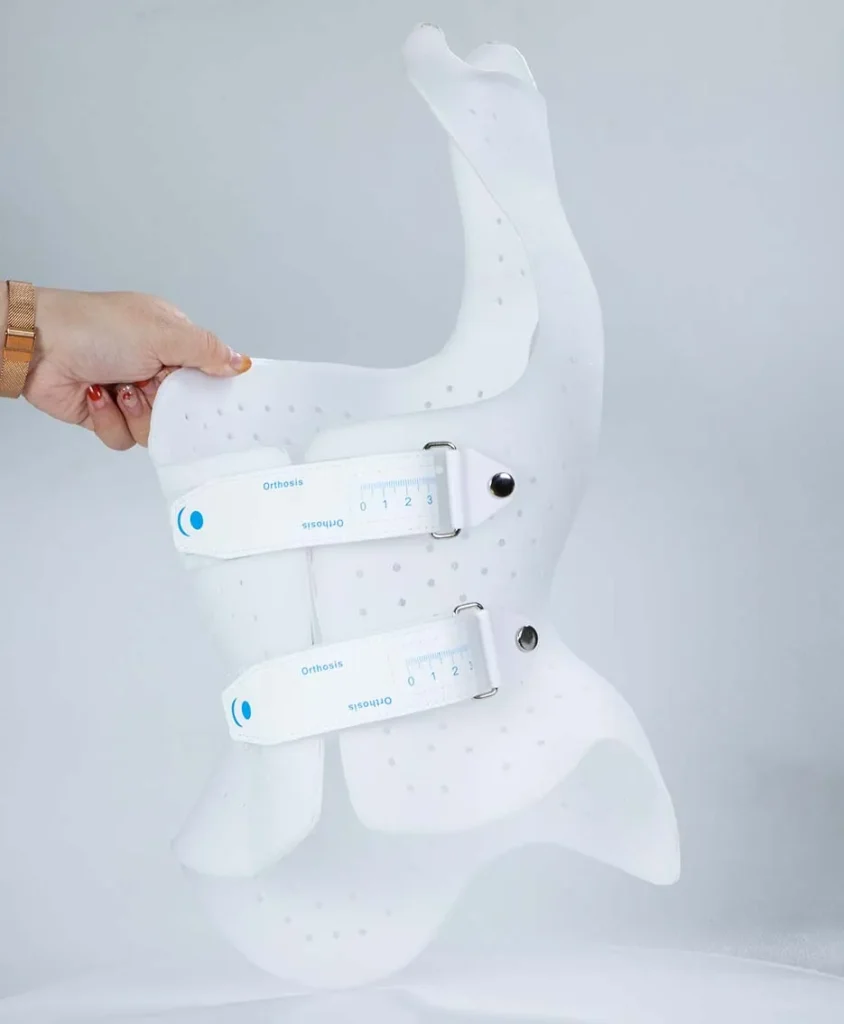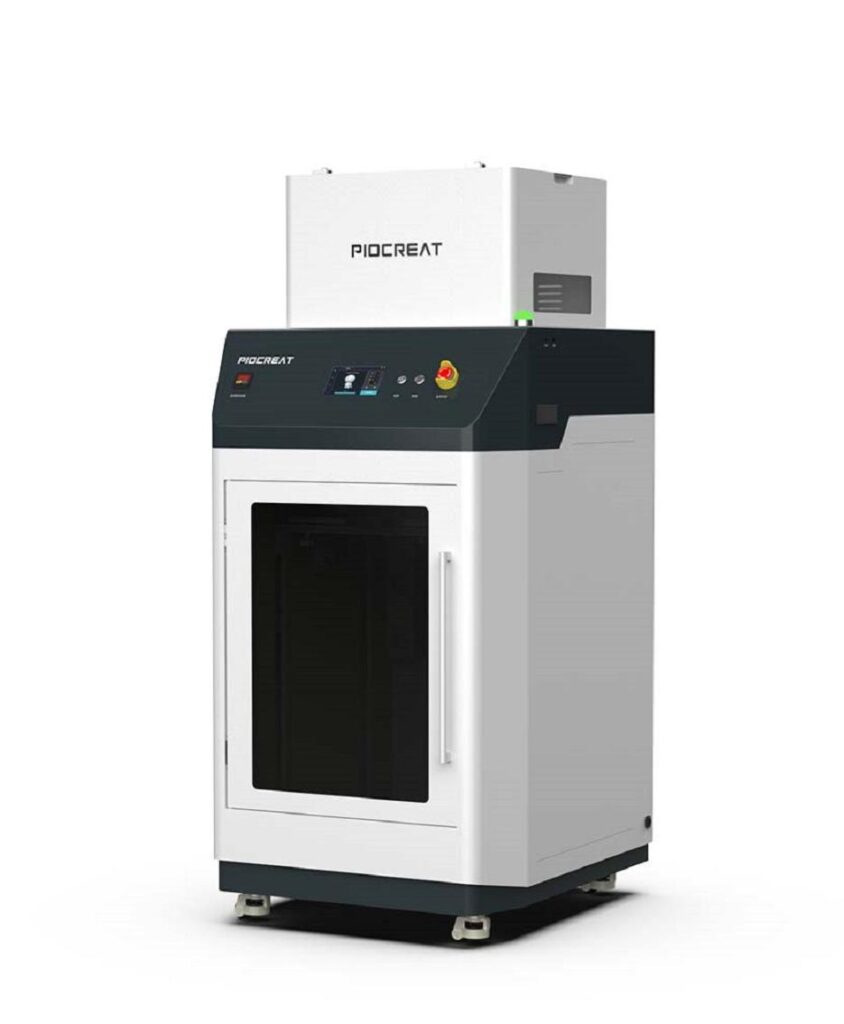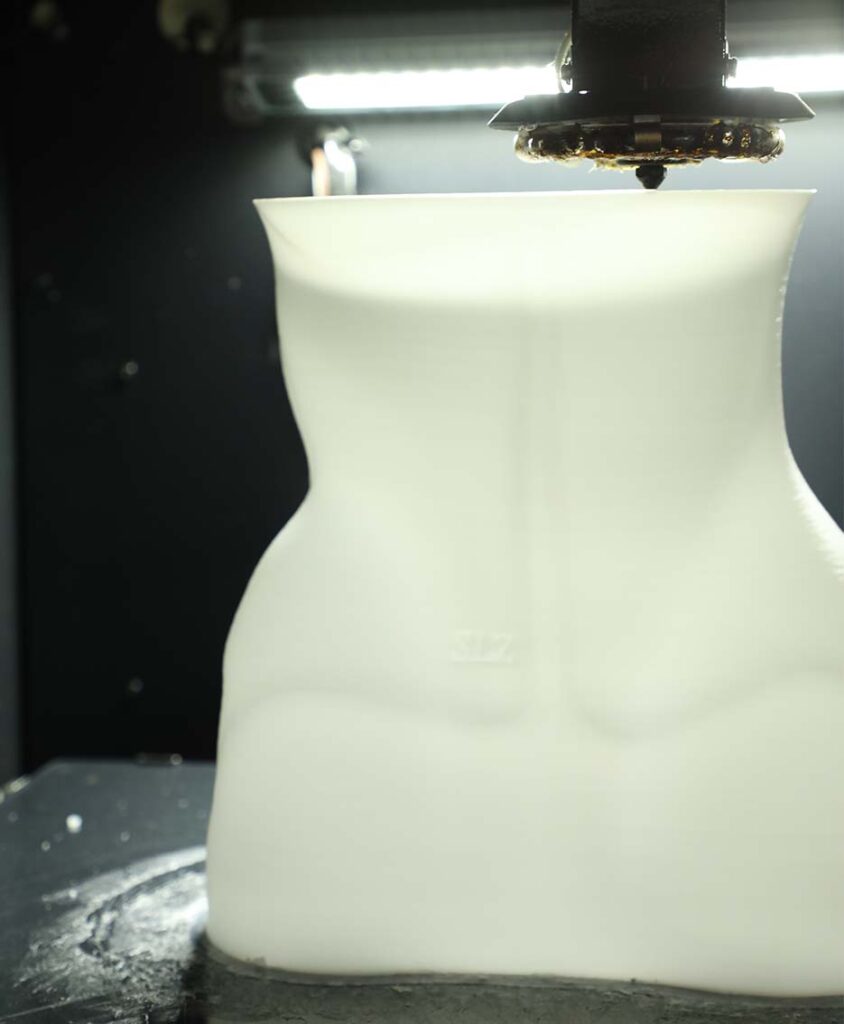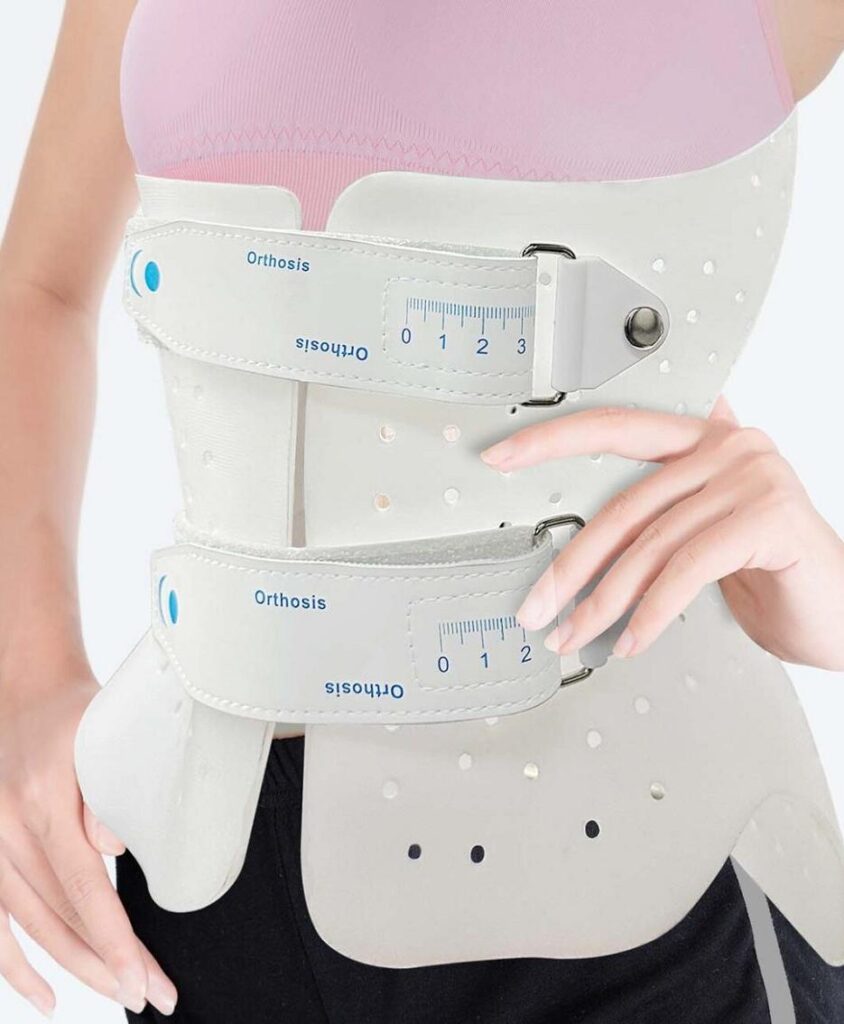Advancing Digital Dentistry with a Complete Portfolio of High-Performance Dental Resins
piocreat3d
on
November 17, 2025
In modern digital dentistry, material performance plays a decisive role in clinical accuracy, turnaround speed, and long-term patient outcomes. To support both chairside and laboratory environments, PioCreat offers a complete portfolio of high-performance dental resins engineered for precision, durability, and reliable biocompatibility. Fully compatible with mainstream DLP and LCD 3D printers at 385 nm and 405 nm, these materials adapt seamlessly to a variety of clinical scenarios—helping dental professionals work faster, cleaner, and with greater confidence.
From surgical guides and orthodontic models to clear aligners, crowns, and denture bases, each resin formulation is developed to maintain dimensional stability while reproducing fine anatomical details. Whether used for diagnostic purposes or final restorations, PioCreat dental resins ensure predictable results across the entire digital workflow.

Broad Material Coverage for Clinical & Laboratory Needs
PioCreat’s resin lineup is designed to meet the diverse demands of dental professionals:
- Crown & Bridge Models: High-resolution model resins capture precise margins, contact areas, and occlusal structures—critical for restorative accuracy and lab consistency.
- Surgical Guides: Transparent, biocompatible guide resins enable reliable implant positioning with excellent mechanical strength and sterilization compatibility.
- Clear Orthodontic Appliances: Materials optimized for thermoforming provide clarity, toughness, and distortion resistance for clear aligner production.
- Denture Bases & Temporary Restorations: High-strength, color-stable formulations ensure comfort, durability, and natural aesthetics.
- Gingiva Masks, Castable Resins & More: Specialized options support prosthetic planning, removable partial frameworks, and precise casting workflows.
This comprehensive coverage allows clinics, labs, and design centers to consolidate multiple workflows with a single trusted material provider.
To meet the diverse needs of dental professionals, PioCreat provides a full lineup of specialized materials, each tailored to a specific workflow. The portfolio includes Ortho Model Resin, Ortho Model 2.0 Resin, and Water-Washable Dental Resin for orthodontic modeling; Temporary Restoration Resin, Try-in Resin, and Denture Base Resin for restorative and prosthetic fabrication; Surgical Guide Resin for implant planning; Removable Die Model Resin for precision lab work; Gingiva Resin for soft-tissue simulation; and Dental Casting Resin for metal frameworks and casting applications. This well-rounded product ecosystem allows clinics and laboratories to streamline production while maintaining the material consistency required for high-quality digital dentistry.
Built for Accuracy, Biocompatibility & Stability
Every PioCreat resin undergoes rigorous development and validation to meet clinical expectations:
- High Dimensional Accuracy Advanced photopolymer chemistry ensures each print maintains tight tolerances, making it ideal for margin reproduction, occlusion checks, and appliance fitting.
- Certified Biocompatibility Resins designed for intraoral applications meet international medical standards—including CE, FDA, ISO, and RoHS certifications—ensuring safety for short-term and long-term use.
- Mechanical Reliability Balanced flexural strength, impact resistance, and aging stability allow printed parts to maintain performance even under daily wear.
Together, these features support consistent outcomes in restorative, orthodontic, and implant workflows.
Enhanced Processing Efficiency
Beyond mechanical and biocompatibility advantages, PioCreat resins are engineered to streamline every step of the digital production cycle. Stable curing performance across both 385 nm and 405 nm printers minimizes print failures and reduces calibration needs, while fast post-curing and low-warp formulations help maintain accuracy even in large-volume production. Water-washable options further reduce IPA consumption, odors, and cleanup time—benefits that significantly improve efficiency for clinics, laboratories, and educational environments alike.
Optimized for Both Clinical and Laboratory Workflows
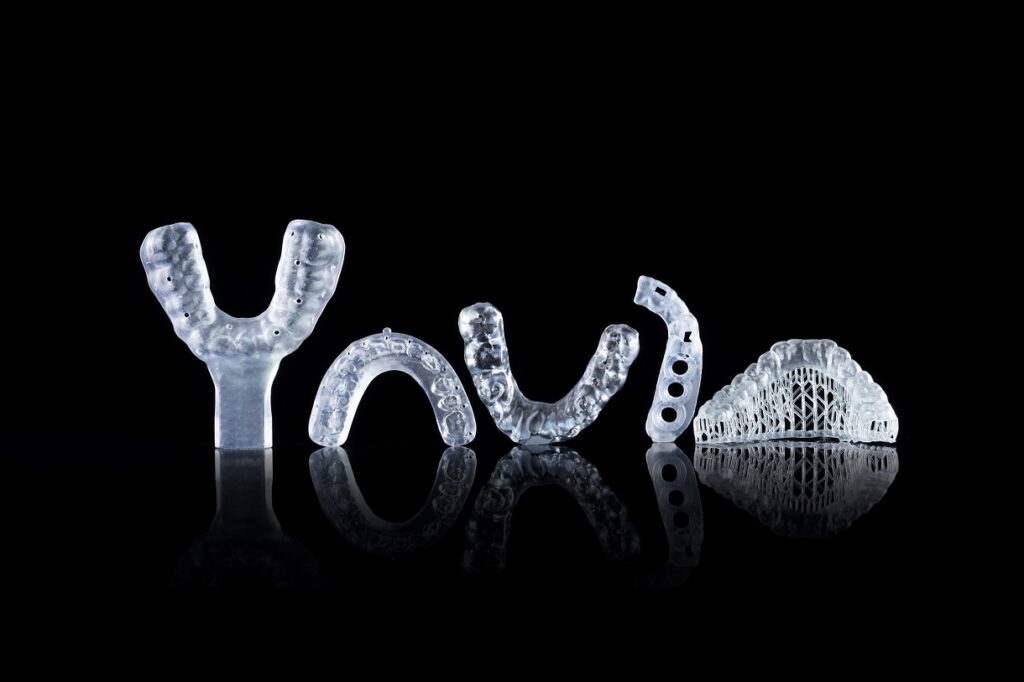
PioCreat’s dental resins are engineered to integrate smoothly into diverse practice settings:
Chairside Clinical Workflow Clinicians can quickly produce surgical guides, diagnostic models, or temporary crowns with minimal post-processing. Fast printing and high predictability help reduce chairside time, support same-day dentistry, and enable more efficient decision-making. Patients benefit from shorter visits and quicker treatment delivery.
Dental Laboratory Workflow Laboratories require reliable, long-duration performance and materials that maintain accuracy across large production runs. PioCreat resins support high-volume model production, aligner workflows, denture fabrication, and complex restorative processes. Their consistency enhances manufacturing throughput, reduces adjustment time, and helps labs meet tight turnaround schedules.
By fitting naturally into both environments, PioCreat ensures that clinicians and technicians can maintain productivity without changing their preferred working methods.
Empowering Digital Dentistry with Trusted Materials
By combining advanced formulation expertise with global medical certifications, PioCreat provides dental professionals with a trusted materials platform that enhances productivity and elevates patient outcomes.
With reliable compatibility, predictable accuracy, and proven safety, PioCreat dental resins form a solid foundation for every digital workflow—helping clinics and laboratories confidently embrace the future of digital dentistry.

